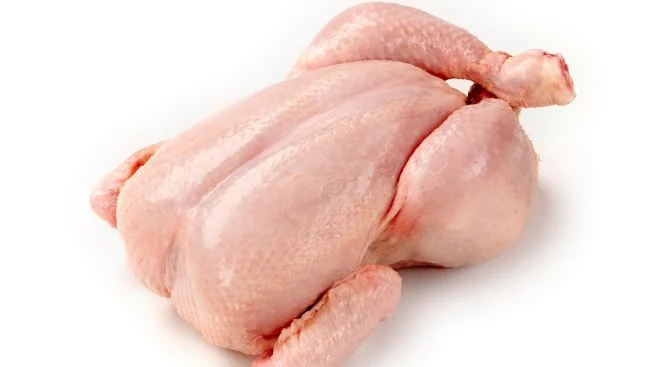How to Tell If Chicken Is Bad?

Identifying When Chicken Has Spoiled
Identifying when chicken has spoiled is crucial for ensuring food safety and preventing the risk of foodborne illnesses. Spoiled chicken can harbor harmful bacteria, such as Salmonella and Campylobacter, which can cause severe gastrointestinal issues. To determine if chicken has gone bad, consider the following sensory, visual, and practical indicators:Raw Chicken Assessment
- Odor: Fresh raw chicken has a mild odor that is not unpleasant. As bacteria multiply, they produce waste gases carrying a strong, putrid smell easily recognized as problematic. Bad chicken gives off an ammonia-clad rotten, sulfurous odor you instantly want to remove yourself from versus more neutral fresh chicken smells.
- Color: The natural color of raw chicken ranges from bluish-white to yellow, depending on fat content and age. Fine for consumption within packaging dates at purchase, raw chicken flesh transitions to grey with greenish tint under spoilage. The skin or fat may also turn more yellowish. If you notice these visual shifts, heavily consider discarding.
- Sliminess: Raw chicken naturally carries a smooth, wet slim layer when fresh. But be alert for thicker sticky fluid accumulating on the cut meat, as this indicates microbial enzymatic activity breakdown. The level of viscous slime continues increasing under refrigeration the longer chicken spoils.
- Package Leaking: Inspect packaging seals for leaking juice which allows air contact accelerating spoilage. Even if chicken lacks strong odors, discolored meat or not yet slippery, err on the side of extreme food safety caution discarding water or bloody juices in storage bags which indicates cell deterioration. This fluid accumulation promotes spread of bacterial or fungal infection.
Cooked Chicken Assessment
- Texture Changes: Cooked chicken lasts safely for far shorter periods than the uncooked state in part due to textural transformations once heated. Fresh cooked meat should remain moist and tender cutting easily without shredding apart. If your chicken dish suddenly seems dry, stringy or mushy, spoilage is highly suspected. Especially for reheated items or meals, use great texture alteration caution.
- Convert Color: The color of safely cooked chicken depends hugely on the recipe preparation. However, if colors seem suddenly deeper, greyer or more brownish pink than your particular cooked dish typically showcases, pathogenic bacterial loads likely now exist. It is always wise to discard any chicken with strange convert color tones after being cooked or reheated.
- Strong Reheated Odors: Upon initial cooking, chicken offers up characteristic savory scents. But be forewarned once refrigerated or frozen chicken is reheated, if you notice a pungent “spoiled” smell emitting during warming. This rancid odor absolutely signals microbe presence rendering the chicken unsafe. The smell test after storage and reheating determines leftover fitness for consumption above all else given bacteria’s funky byproducts.
- If In Doubt, Throw It Out: Chicken intended for consumption after storage represents particular safety challenges since pathogenic bacteria can silently multiply without overt signaling until reaching dangerous levels. Thus, if any doubt exists on cooked or uncooked chicken’s condition after refrigerating or freezing - such as slight sliminess, slightly dull or altered coloring, compromised packaging - err firmly towards foodborne illness prevention through immediate disposal.
- Safe Meat Handling Going Forward: While this guide highlights common visual, aromatic, physical and textural traits of spoiled chicken, ideal prevention centers on proper safety protocols around shelf life limits, storage temperatures, reheating guidelines and cross-contamination avoidance measures implementable in all home or commercial kitchens.
How to Tell If Raw Chicken Is Bad Smell
Learn more at FoodSafety.gov and understand certain individuals with heightened sensitivity or compromised immunity should adhere to even stricter standards surrounding raw meat contact and consumption safety. By upholding rigorous food freshness caveats for all poultry dishes, you protect yourself and loved ones against problematic bacterial spread home chefs unknowingly fall prey to when recognition of meat spoilage remains under-addressed.
Post a Comment